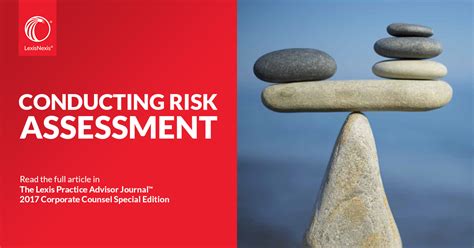BLOG
ブログ
BLOG
How to Conduct Risk Assessments for P2P Transactions
How to conduct risk assessments for peer-to-peer transactions (P2P)
Peer-to-peer transactions have become increasingly popular as a means to exchange goods and services online. However, with the rise of these transactions, an intrinsic risk arrives that can affect both parties involved in the exchange. Therefore, it is essential to conduct complete risk assessments before engaging in P2P transactions to minimize potential risks and guarantee successful exchanges.
What are the risk factors?
Risk factors are the potential threats or dangers associated with a transaction or specific activity. In the context of P2P transactions, some common risk factors include:
* Financial risk : the risk that one part may not be able to reimburse the other party for the goods and services exchanged.
* Safety risk : the risk that personal and financial information, such as credit cards and password numbers, can be compromised during the transaction process.
* Intellectual property risk : the risk that intellectual property rights, such as brands or copyrights, are used improperly.
Step 1: Define the terms of transaction
Before conducting a risk assessment for an P2P transaction, it is essential to define the terms of the exchange. This includes:
* Parts involved : Identification of all parties that will participate in the transaction.
* goods and services : specifying which goods or services are exchanged.
* Payment terms : Determine who will pay for what goods and services.
Step 2: evaluate the financial risk
Financial risk is one of the most significant concerns associated with P2P transactions. To assess this risk, consider the following:
* Cash flow management : evaluate if sufficient funds are available to cover potential costs or losses.
* CreditWorthness : search for the credit affirmation of both parties involved in the transaction.
* Payment history : review of the stories of payments and reputation of both sides.
Step 3: evaluate the risk of safety
The risk of safety is another critical concern associated with P2P transactions. To assess this risk, consider the following:
* Password protection : evaluate whether passwords are safe and will be used to protect sensitive information.
* encryption : ensure that the data are encrypted during transmission to prevent unauthorized access.
* Safe communication channels : Identification of safe communication channels for the exchange of goods and services.
Step 4: evaluate the risk of intellectual property
The risk of intellectual property is a significant concern associated with P2P transactions. To evaluate this risk, consider the following:
* Copyright and brands : evaluate whether intellectual property rights are used or violated improperly.
* License agreements

: check if licenses have been obtained for certain goods or services.
Step 5: lead a risk analysis
A complete risk analysis will help to identify potential risks associated with each P2P transaction. Consider the following:
* Risk Score : assign a risk score to each part involved in the transaction.
* Mitigation strategies : develop mitigation strategies to face the identified risks.
* Monitoring and review : Monitoring of transactions regularly and review for any changes or updates.
Step 6: implement risk mitigation measures
Once potential risks are identified, implement the measures to mitigate them. Consider the following:
* Diversification of goods and services : diversification of the goods and services exchanged to reduce dependence on a single transaction.
* Insurance : Purchase of insurance coverage for sensitive information or financial transactions.
* SAFE STORAGE : ensure that sensitive information is stored safely.
